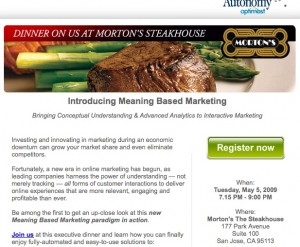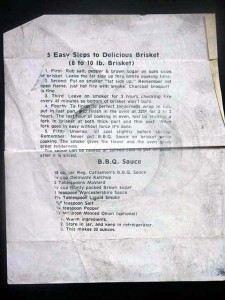A long time consultant client, concerned about the recession, asked me to cut creative pricing to the bone on a couple of recent jobs then came back and asked me to cut again. I agreed because I was well, concerned about the recession.
An interesting thing happened on both these jobs. Instead of being happy they were getting fantastic value, both clients tinkered with revisions long past the point of reasonableness. In one case, I think the client tinkered to the point that he did his message serious harm.
I caution my students against doing spec work because free is worth what you pay for it; the spec work will be lightly regarded and clients will either not read it or will be butchers with the edit pencil. This is a similar situation, I think. The price is so low that subconsciously, the client thinks the creative can’t be very good. So no worry messing with it.
In general I’ve avoided cutting prices the past year because of experiences like this. If a client balks at an estimate, I ask what they are concerned about. If they have a number in mind, I try to deliver quality for that without compromising.
Hourly rates have been a particular concern. My rate isn’t the lowest. So if a client asks what my rate is and says “I can’t pay that” I say let’s throw out the hourly rate and look at an overall budget. They are happy, but I still end up charging my rate or close to it.
It will be good when times are better again and we can concentrate on doing great work that builds our clients’ businesses and pays for itself in measurable response.

